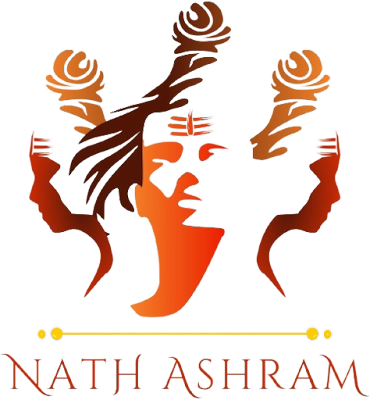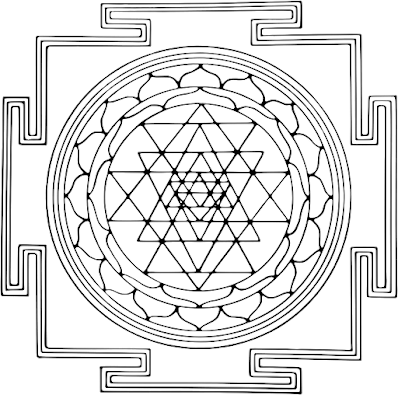SHIVA LINGAM SHIVLING The Shiva Linga or Lingam is a symbol that represents Lord Shiva in Hinduism. As the most powerful of deities, temples are built in his honour that includes a Shiva Linga, representing all the energies of the world and beyond. In Sanskrit, Linga means a ‘mark’ or a symbol, which points to an inference. Thus the Shiva Linga is a symbol of Lord Shiva: a mark that reminds of the Omnipotent Lord, which is formless. The ancient Hindu scripture ‘Linga Purana’ says that the foremost Linga is devoid of smell, colour, taste, etc. and is spoken of as Prakriti, or Nature itself. In the post-Vedic period, the Linga became symbolic of the generative power of Lord Shiva. The Linga is like an egg and represents the Brahmanda (the cosmic egg). Linga signifies that the creation is affected by the union of Prakriti and Purusha, the male and the female powers of Nature. It also signifies Satya, Jnana, and Ananta - Truth, Knowledge, and Infinity. A Shiva Linga





